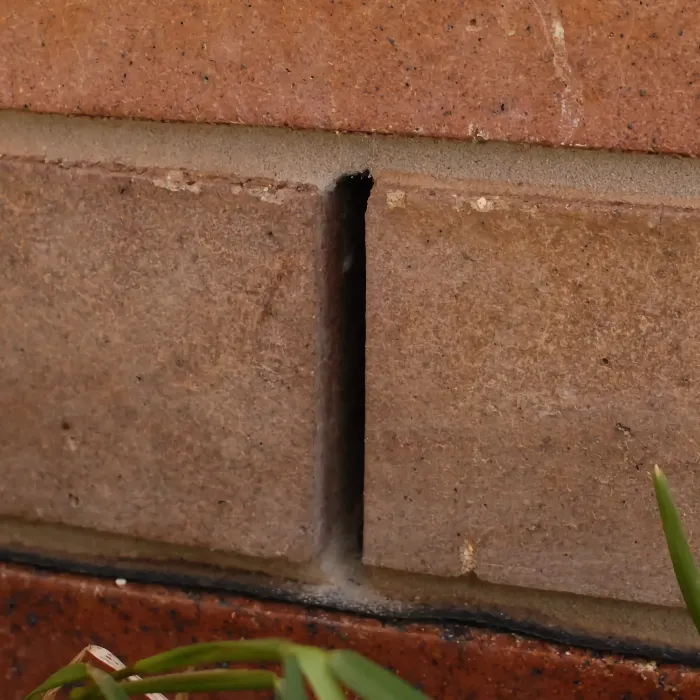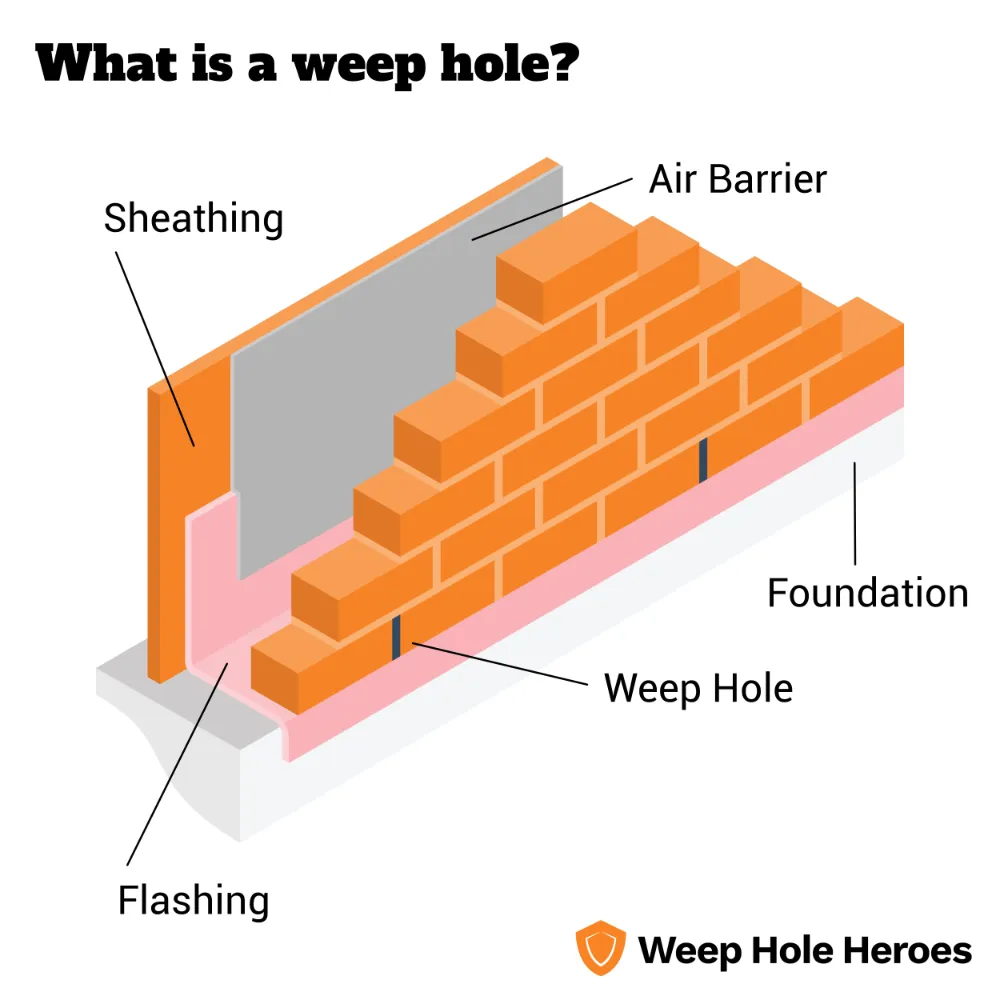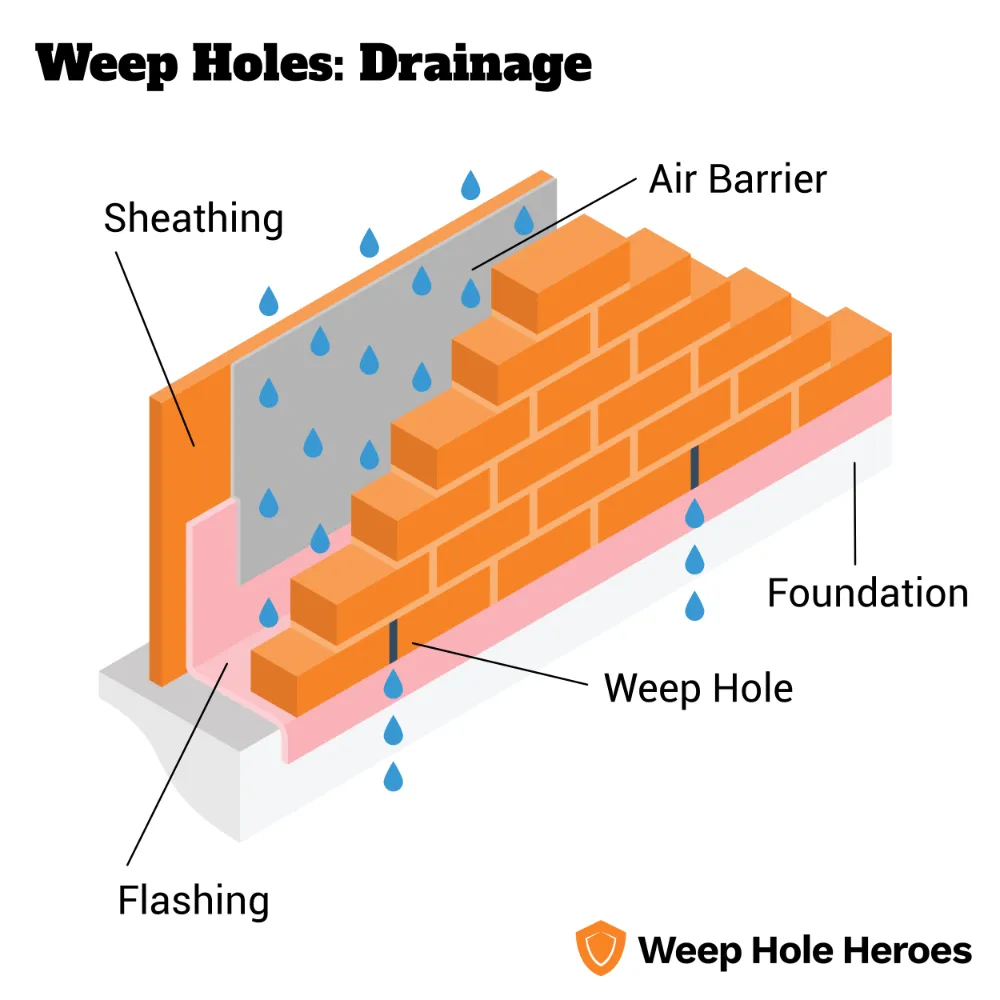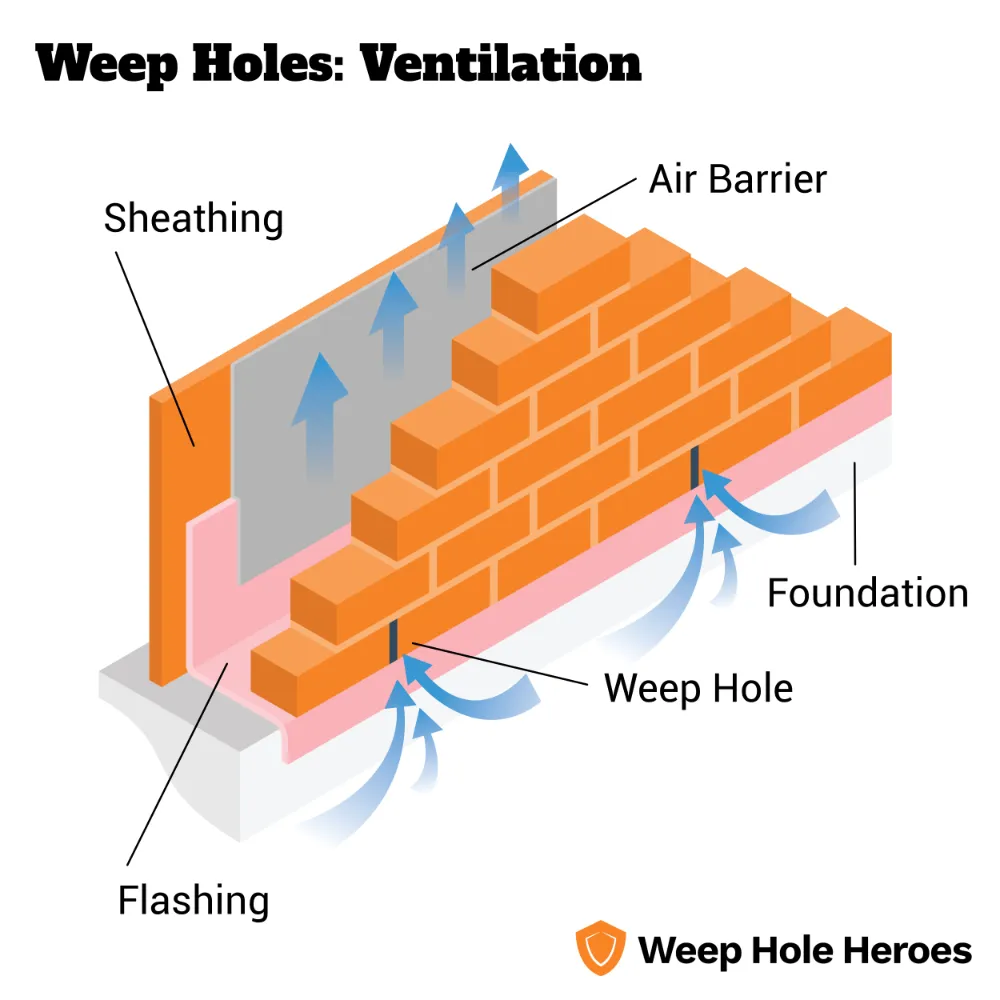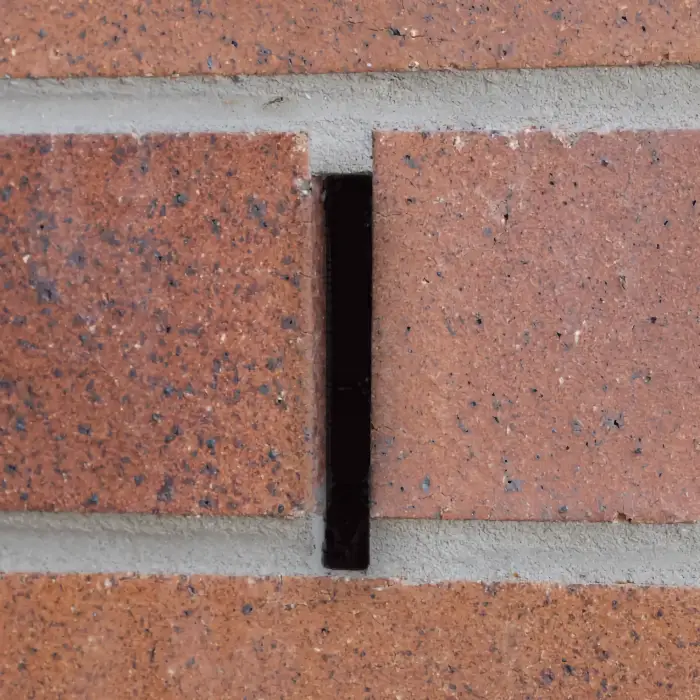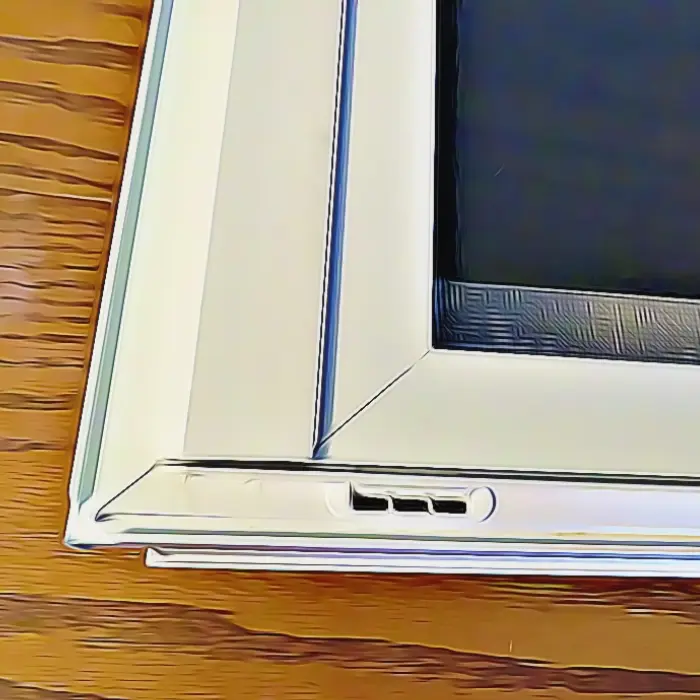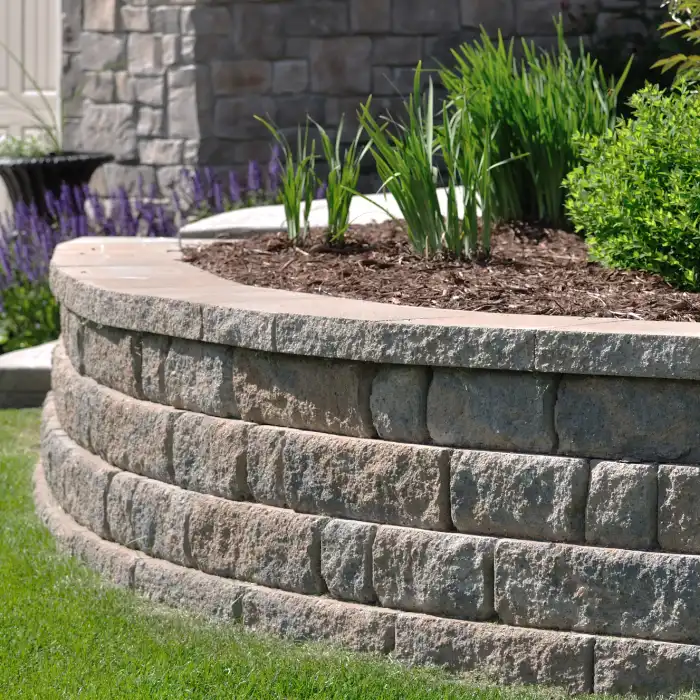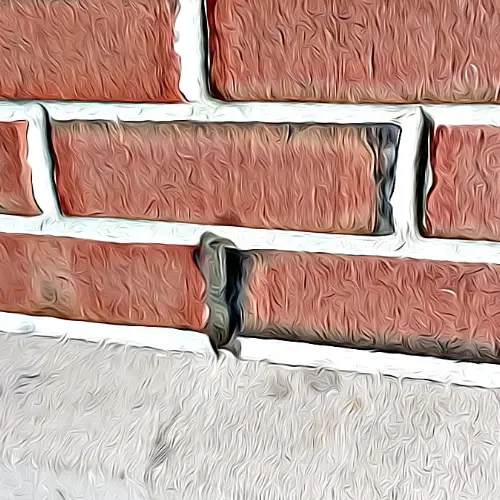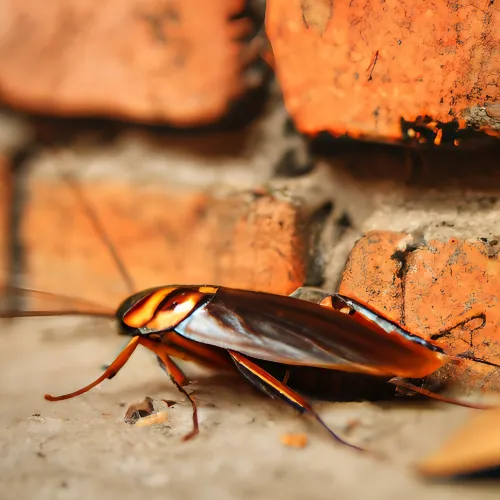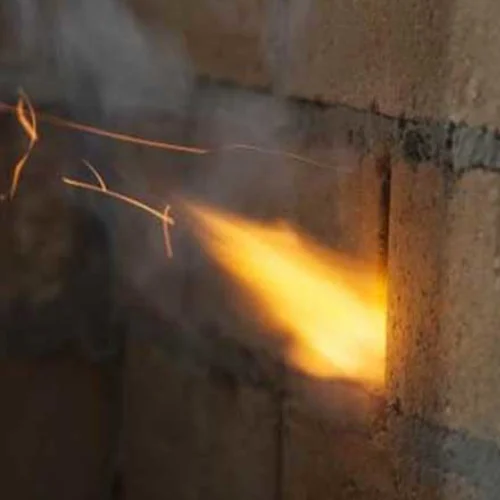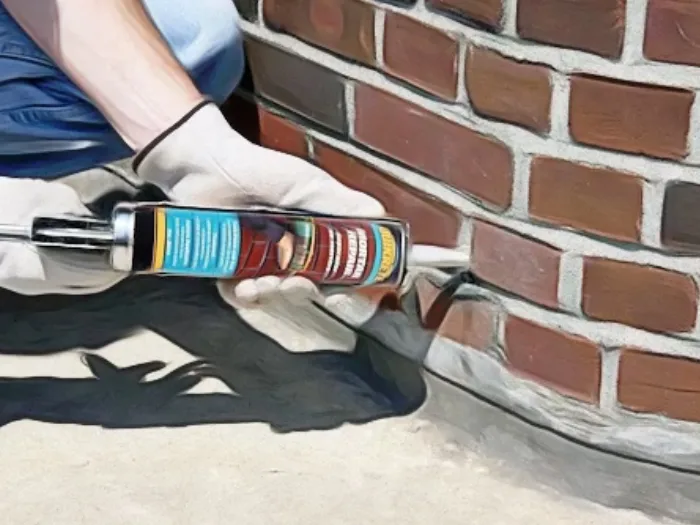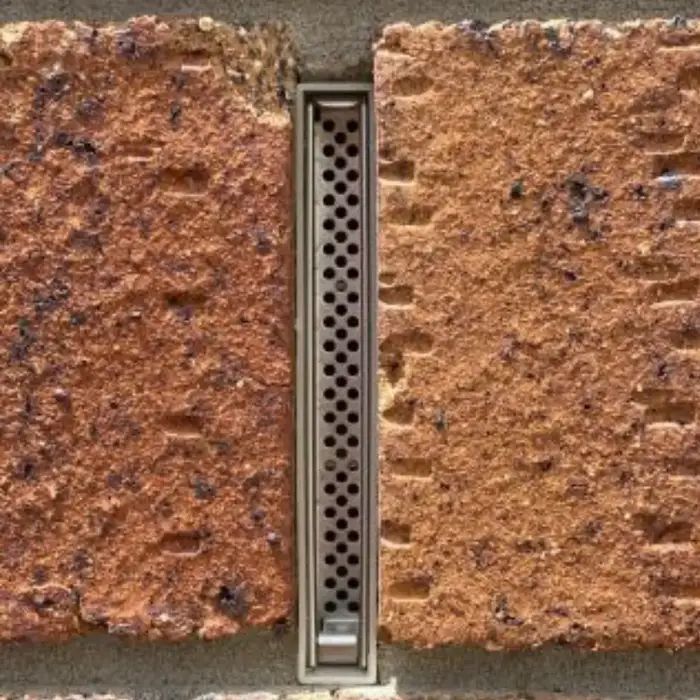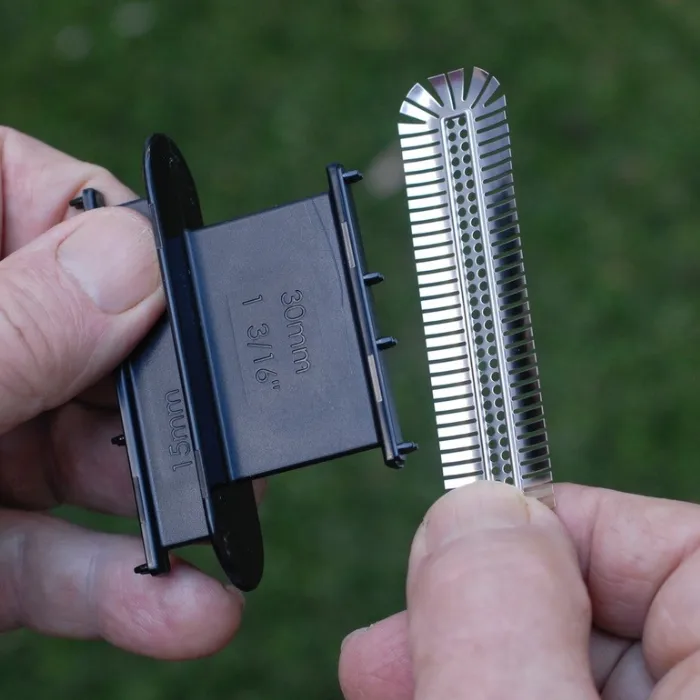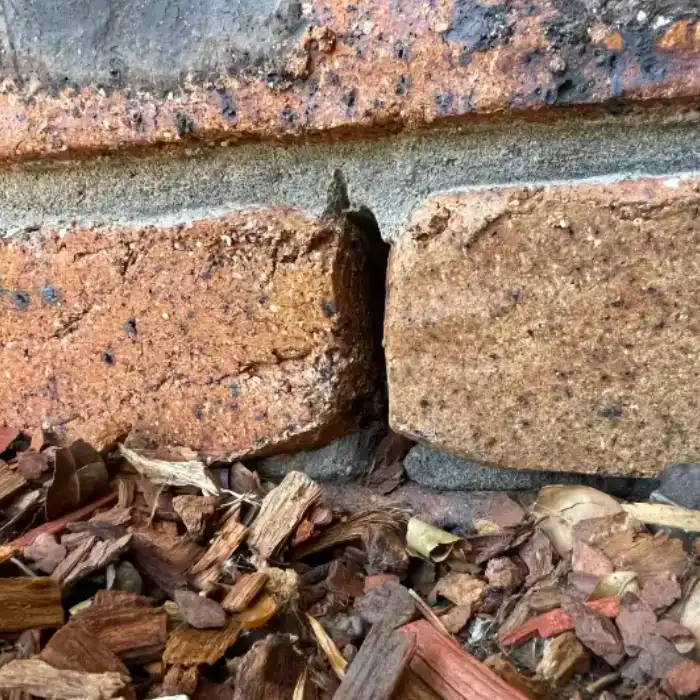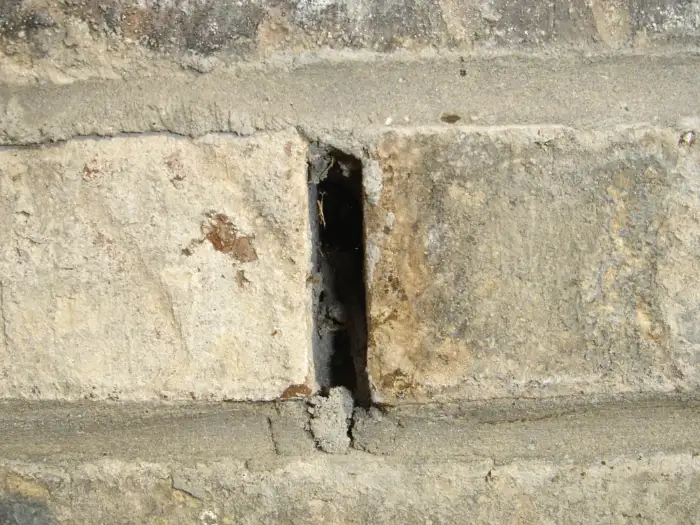What is a weep hole and what do they do?
If you’ve ever noticed the small openings within your home’s walls, windows, or brickwork, you may have wondered what they’re for.
These tiny openings are known as weep holes, and they play an incredibly important role in your home’s drainage system and its structural health.
Below we will explore the function of weepholes, what happens if you cover weep holes, the potential problems they create, and the various ways to solve these.
Let’s start by taking a closer look at what is a weep and why they’re necessary.
